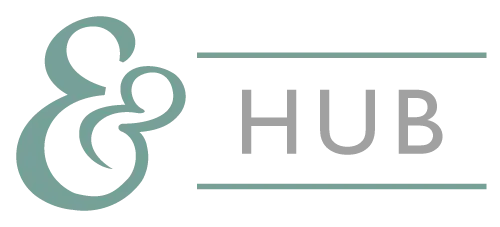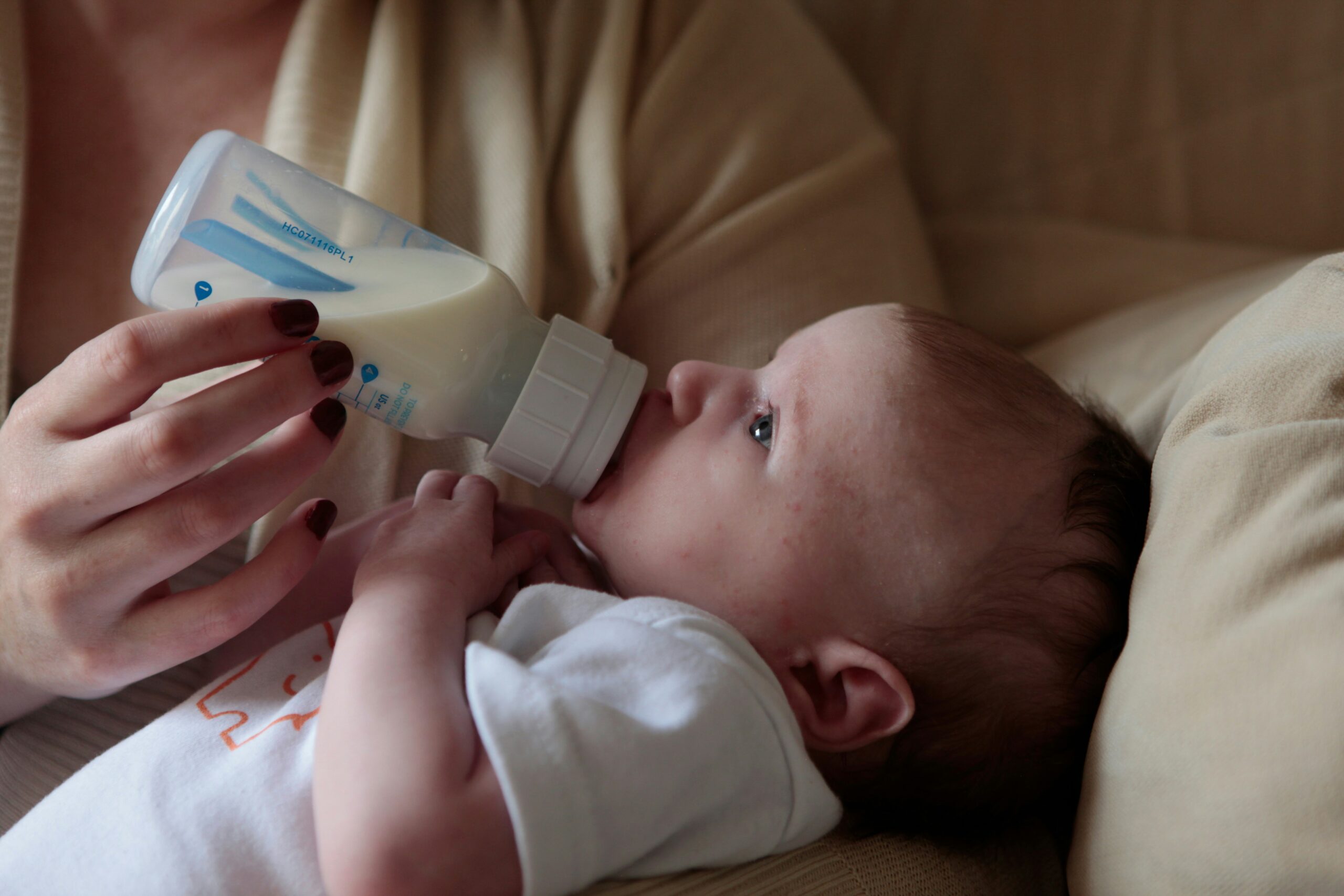A common question from new parents goes something like this: “When and how is the best way to introduce a bottle into our baby’s feeding regimen?” Depending on the circumstances, the answer is not always the same. When introducing the bottle there are two (2) things you want to avoid:
- Introducing the bottle too early
- Waiting too late to bring it into the mix
Bringing a bottle in too soon could interfere with breastfeeding. Too late and it becomes difficult to introduce. And of course, we always must make sure the baby is growing well and receiving enough nutrition despite how they are being fed. When breastfeeding is going well, my typical recommendation is to wait four (4) weeks before introducing the bottle. There are three (3) things that I look for in order to judge how well breastfeeding is going.
- Are baby’s feeding patterns normal?
- Is mother’s milk supply full?
- Are the breast and nipples in good shape?
Although milk supply is typically not fully established at four (4) weeks, this is long enough to give you a good idea about how well things are going. By this time babies are usually able to latch on with very little effort. The mouth is opening wide, the lower lip is out, and the baby gives long jaw drops when feeding. The sucking is usually audible and rhythmic for the first several minutes of the feed. There is more than enough milk for baby to be exclusively breastmilk fed. By this time women are usually producing at least twenty-five (25) ounces in a twenty-four (24) hour period.
At this stage mother’s nipples and breast are no longer sore. That tinge of pain that sometimes happened when latching is no longer present. Babies latch on seamlessly with no nipple or breast discomfort. Although some women’s breasts may still occasionally get overly full, the engorgement is not extreme and easy to resolve quickly with a feeding session or a few minutes of expression. If you can check off all these boxes, and you are planning on having some moments when you will be away from baby, this is a good time to introduce the bottle periodically.
Usually two to three (2-3) bottles weekly is more than enough for a baby to take a bottle seamlessly. Keep in mind, every time you give a bottle you are missing a breastfeeding session, which means you will need to pump very close to the same time the baby is being bottle fed.
If breastfeeding is not going well, you may need to introduce the bottle sooner or later than four (4) weeks. If I am working with a baby who has had breastfeeding challenges, as in a baby with a history of tongue tie, low birthweight, or any other issues that impeded their ability to suck well, we may prolong the bottle longer than four (4) weeks to give them more time to master their breastfeeding skills before asking them to suck on a bottle. The reasoning is: The way a baby sucks on the bottle is very different than breastfeeding. If a baby is struggling to breastfeed well, it can be challenging asking them to go back and forth from the bottle to the breast. It may also interfere with their breastfeeding skills. It is also possible that a baby may need the bottle sooner than four (4) weeks.
When women give birth, they are usually told to delay the introduction of the bottle, so it does not affect their breastfeeding skills. However, if a baby needs supplementation, things change. Supplementation is any way of feeding the baby other than direct breastfeeding. Both expressed breastmilk and formula are considered supplementation. There are many ways to supplement a baby. They can be fed with a syringe, supplemental nursing system, cup, and spoon fed. All these feeding methods have their place. But if I am working with a mother and baby who need a large amount of supplementation regularly, it is possible they will need to introduce the bottle sooner than four (4) weeks. In these situations, the type of bottle used, as well as the bottle- feeding technique are very important. An entire feed in the bottle typically lasts about fifteen (15) minutes for a young baby. They should not choke, sputter, or have milk leaking as they feed. The baby should be calm and relaxed while feeding. Using good bottle-feeding technique can help lessen the likelihood that premature introduction of the bottle interferes with breastfeeding.
When babies are having feeding issues there is no one-size-fits-all approach. Each mother and baby dyad must be looked at on a case by case basis.
For this and many other reasons, it is best to seek professional help from a Board-certified lactation consultant to make sure you have the best plan for you!
This article was written for Work & Mother by Ann Gabaldon. Ann is an International Board-Certified Lactation Consultant (IBCLC) and Certified Nurse Midwife (CNM) practicing full scope midwifery care in New Mexico. For discounts and member exclusives on products and services to help with breastfeeding, visit our Shop and Tenant Log-In pages.



